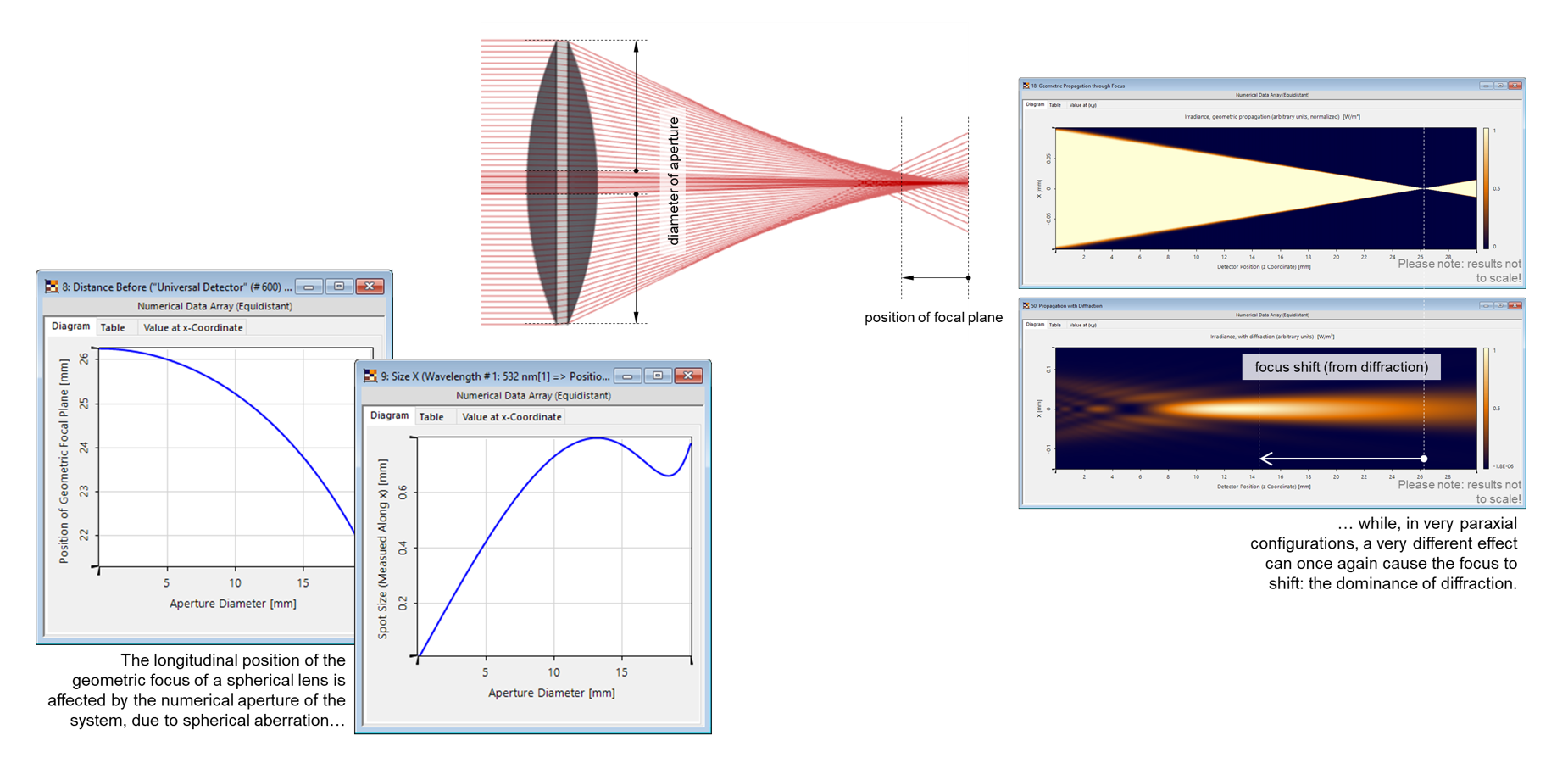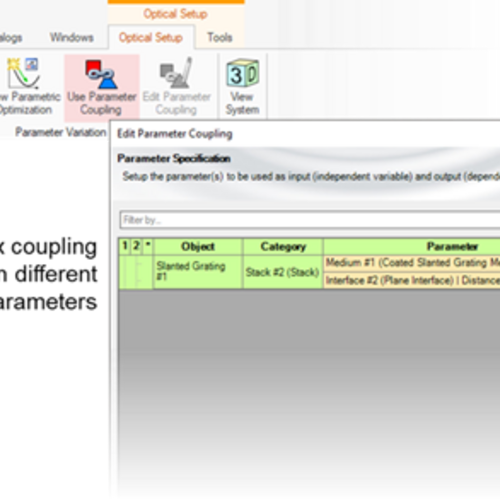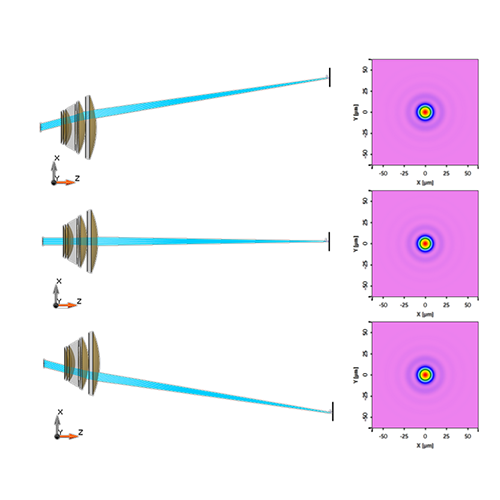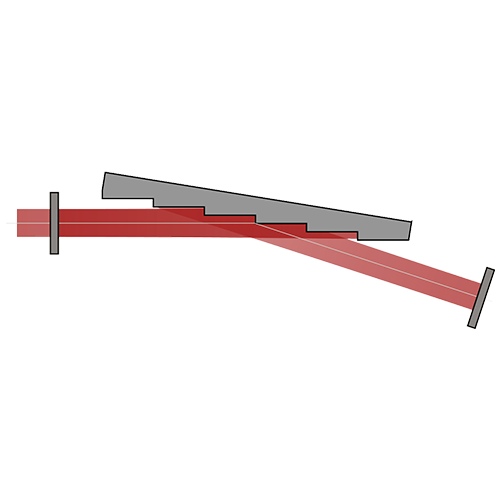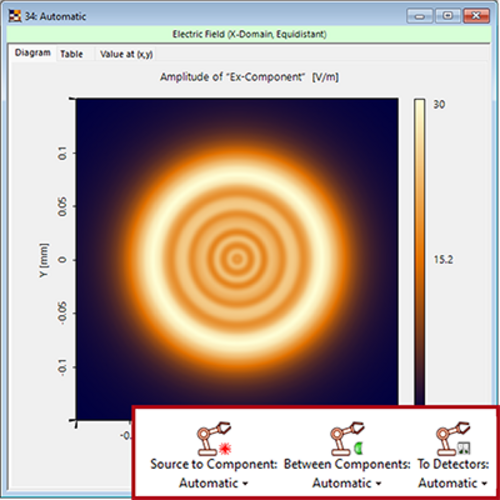Analysis of Focal Plane Position as a Function of Numerical Aperture
Abstract
The focal length of a lens system may at first seem like a straightforward, immutable parameter of the component or lens system. There are, however, several aspects of the specific configuration in which a given lens is used which can affect the position of the focal plane: for instance, the fuller with light the aperture of the lens is, the higher the chance that aberrations may cause the focus to shift, compared with a more paraxial setup using the same lens. But then again, diffraction in systems with low F number will also displace the focus longitudinally with respect to the geometric prediction. In this use case, we use some programming in VirtualLab Fusion to ensure that our detector is always placed at the geometric focus of the lens system, and analyze how varying different parameters of the system can affect the position of the focal plane.
VirtualLab Fusion Configuration
-
 VirtualLab Fusion
VirtualLab Fusion
